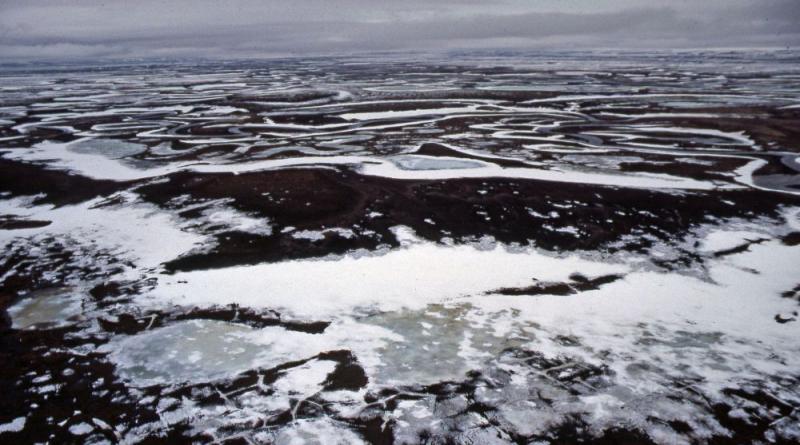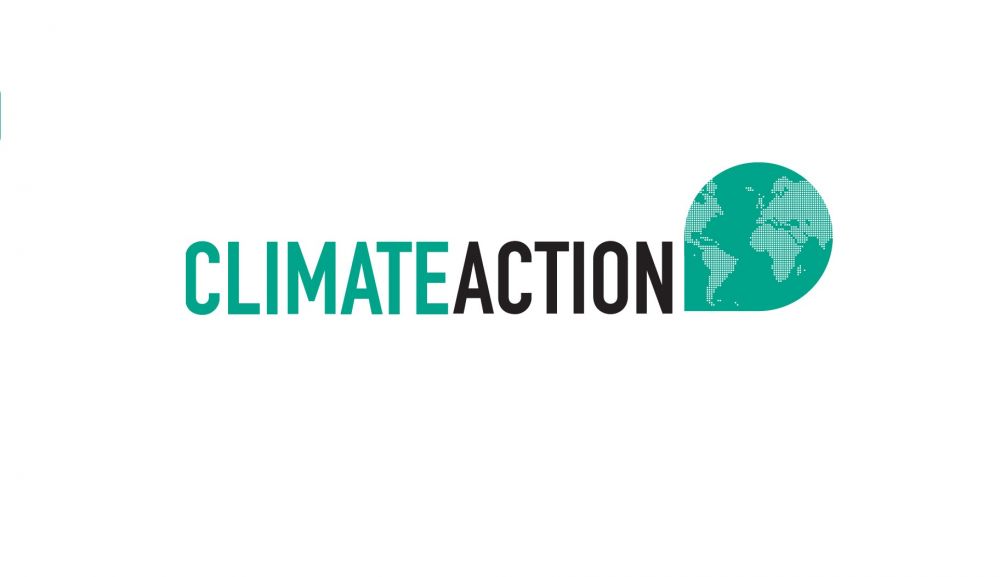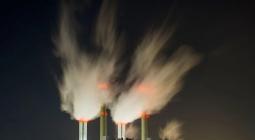New study provides insight into global carbon cycle.

A new study has unearthed ancient wetland sites that have provided an insight into the global carbon cycle.
Scientists from the University of Eastern Finland have pieced together evidence from over 1,000 ancient wetland sites from around the globe, that are currently covered by forests, fields and lakes.
Dr Claire Treat, University of Eastern Finland, said: “We were really surprised when we started to combine our data from different sites around the world. What we thought would be only a few sites turned out to be just the tip of the iceberg. When we started to look for more examples from previous studies, we identified more than 1,000 buried wetland sites across the globe.”
Using wetland presence since the beginning of the last interglacial, around 130,000 years ago, the researchers found that wetlands in northern latitudes responded to changes in climate.
Wetlands formed when the climate was warmer, and many wetlands were buried during periods of glacial advance and cooling temperatures. When it was cold, few new wetlands formed until the climate warmed again. Some of these buried peat sediments remain until today.
These new findings of widespread buried peats suggest that, on the whole, peat burial can result in the slow transfer of carbon from the atmosphere to the land, ultimately offsetting a small part of climate warming in the past.
Dr Treat, University of Eastern Finland, said: “The fact that these peats are buried and stay on land is basically like a leak in what we usually consider a closed system of how carbon moves around the earth, from the atmosphere to the land and oceans. This new finding isn’t represented in our models of the global carbon cycle, and may help to explain some behaviour that differs between models and observations.”
The results also suggest that present-day wetlands may continue to offset rising atmospheric CO2 concentrations as the climate warns, if they remain undisturbed by drainage and wildfires.
Read the full report here.
Photograph: GRID Arendal
26 February 2019




